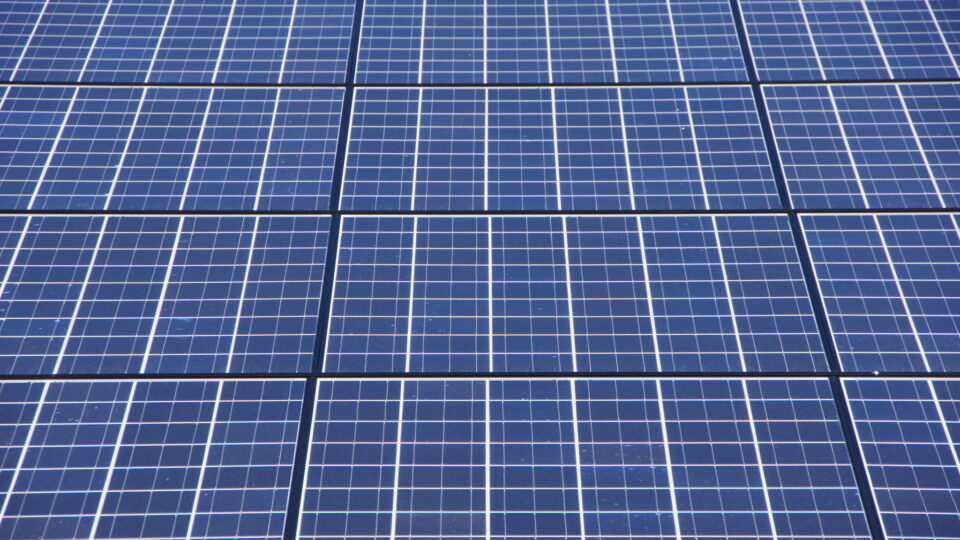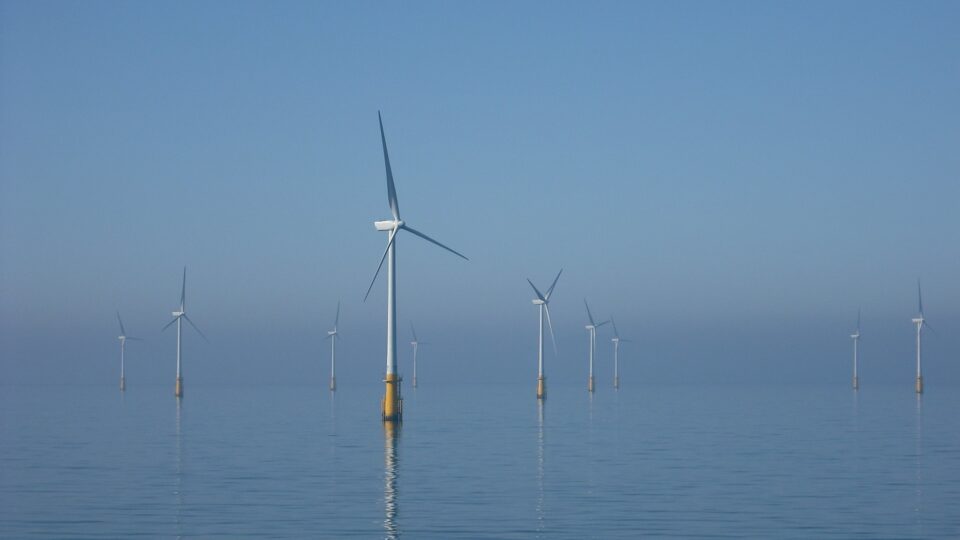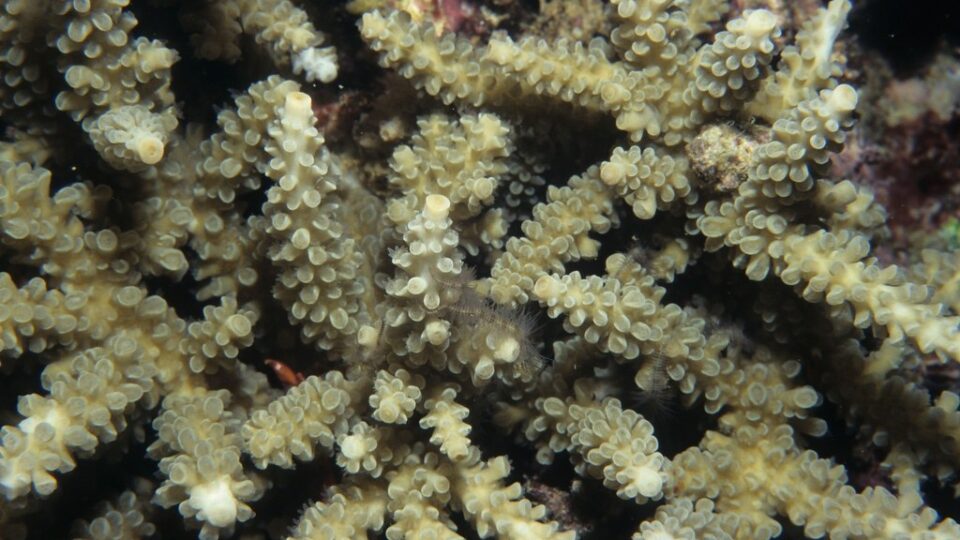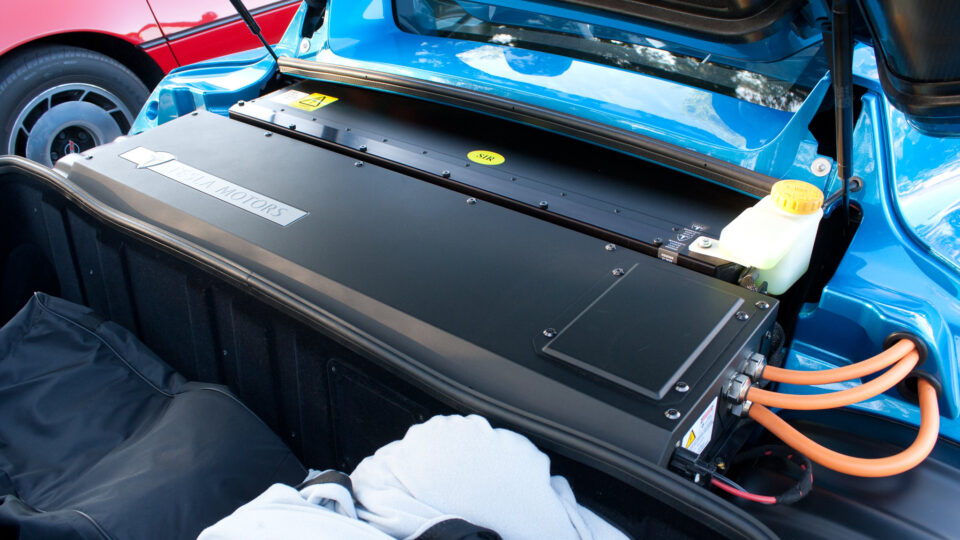The largest floating solar array in Europe, 12,000 panels sitting on top of the Alqueva Reservoir in Portugal – will come online in July. Installing floating solar arrays, which are sometimes called “floatovoltaics”, produce renewable energy while shielding significant expanses of water from the sun’s heat. These dual benefits have led to floatovoltaic projects in multiple countries around the world.
The city of Cohoes, in New York’s Albany County, has proposed an 8,000-panel floating solar array on the city reservoir. Federal funding of $3 million for the project was obtained by local Congressman Paul Tonko and, in May, utility National Grid donated $750,000 towards the project. Engineering work will shortly be underway on the 3.2 megawatt grid of solar panels.
The city of Cohoes pumps its drinking water supplies from the Mohawk River into the 10-acre, manmade reservoir. The surface of the water is the largest undeveloped open space in the city. Such reservoirs constitute prime sites for solar arrays since the space cannot be used for other purposes. In addition, covering the water’s surface with the solar panels greatly reduces evaporation and helps to inhibit the growth of algae.
There are currently only 14 floating solar arrays in the U.S. and all of those are privately owned. The Cohoes municipal array will be the first of its kind. There are nearly 500 reservoirs in New York State and 24,000 nationwide that could be sites for floating arrays. Drought-stricken Western reservoirs like Lake Mead and Lake Powell could be ideal locations of solar arrays. Those reservoirs lose huge amounts of water to evaporation. There are estimates that floating arrays could provide as much as 10% of the nation’s electrical needs.
**********
Web Links
National Grid gives Cohoes $750,000 for floating solar array project
Photo, posted August 25, 2010, courtesy of Martin Abegglen via Flickr.
Earth Wise is a production of WAMC Northeast Public Radio.





